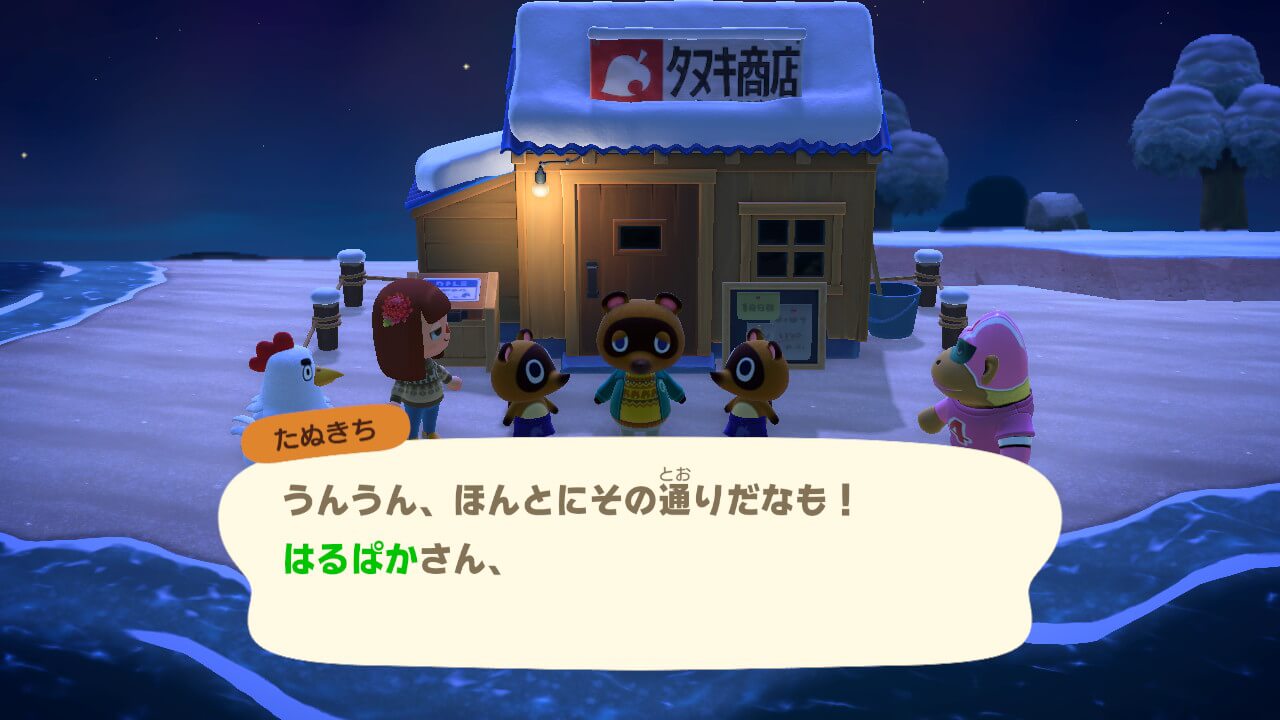The Standard Japanese Way of Saying Goodbye
“またね (mata-né)” is often used to say “see you again” within friends and someone close to. “また(mata)” literally means “again”. With “ね (né)” at the end, it sounds friendly and can see close relationship. Without “ね (né)”, we see distance. If you suddenly take off “ね (né)” from “またね (mata-né)” to your friends, they will worry what they did to you. Because it sounds like you are angry.
Regardless of time, “またね (mata-né)” always works in a casual situation.
When it comes to a formal situation, “またね (mata-né)” cannot be used since it is too casual.
Formal and Outdated Farewells
“さようなら (sayônara)” is no longer used in daily conversation. We often hear “さようなら (sayônara)” in a funeral nowadays. It carries the notion of “forever goodbye”. Therefore, you should avoid using it in daily conversation.
Business Ways to Say Goodbye
・with your coworkers
“お疲れ様でした(otsukaresama-deshita)”
“お疲れ様でした(otsukarésama-déshita)” is a past tense of “お疲れ様です(otsukarésama-désu)” which is one of the greetings and is hard to translated into other languages because it has a lot of uses.
“疲れ(tsukaré)” comes from a verb, 疲れる(tsukaréru) which means “to be tired”. “お疲れ様でした(otsukarésama-déshita)” is used within coworkers, and if all of them leave at the same time, you can use “お疲れ様でした(otsukarésama-déshita)”.
“お疲れ様です(otsukarésama-désu)。お先に失礼します。(osakini-shitsuréi-shimasu)”
If you are the only one who leaves the office, you can use this phrase instead. For example, if your coworkers still do overtime and you will leave the office, you can use it.
“お疲れ様です(otsukarésama-désu)” is a phrase to show the appreciation for someone’s effort and/or the consolation for someone’s problem.
お先に失礼します。(osakini-shitsuréi-shimasu)” literally means “I will leave before you.” This is also one of the formal ways to say bye. It can be used by itself, but “お疲れ様です(otsukarésama-désu)。お先に失礼します。(osakini-shitsuréi-shimasu)” together seem like you are caring about others.
・with your clients / unknow people
“ありがとうございました(arigatô-gozaimashita)”
“ありがとうございました(arigatô-gozaimashita)” is a past tense of “ありがとうございます(arigatô-gozaimasu)” which means “Thank you”. We use “ありがとうございました(arigatô-gozaimashita)” to show the appreciation and also to say bye. When the transaction is end, or the service is end, we use “ありがとうございました(arigatô-gozaimashita)”.
“では、また(déwa-mata)”
It is a formal way to say goodbye. “では(déwa)” here means “Well” and “また(mata)” means “again”. In a business situation, we do not add “ね (né)” to sound professional. If you do not see your client for the day, you can use it.
“失礼いたします。(shitsuréi-itashimasu)”
It is used when you enter a room or place that belongs to someone in a higher position or older than you. For instance, your boss and your clients, etc. Also, it is used when you leave from those kinds of places. You cannot forget to say these, especially, you are a candidate for the interview or a sales person.
“おいとまさせていただきます。(oitoma-sasété-itadakimasu)”
It is very formal way to say “I must say goodbye now”. In daily conversation, we do not hear it often.
おやすみなさい(oyasumi-nasai) Is Goodbye at Night
“おやすみなさい(oyasumi-nasai)” is a greeting and is used before go to bed. Within the family, it is used as “Sleep tight” or “Good night”.
When it comes to saying “Have a good night” at time where it is early to sleep, “おやすみなさい(oyasumi-nasai)” is still the best one to choose.
“おやすみ(oyasumi)” comes from a verb “休む(yasumu)” which means “to take a rest”. “休み(yasumi)” is a noun. “おやすみなさい(oyasumi-nasai)” is a greeting, thus it is often written in Hiragana, not Kanji.




Great tips, and useful farewells. Thank you.
Thank you! 🙂